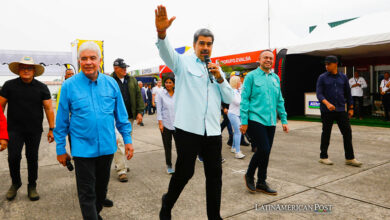Pacific Alliance: The future of South America
A diversified economy is better for the region

Leer en Español: Alianza del Pacífico: el futuro de América del Sur
There is a high chance that the Pacific Alliance, the economic and commercial block made up of Chile, Peru, Colombia, and Mexico, will impact the global equilibrium in the years to come. Alone, the association of said 4 nations may count as the world’s 8th largest economy.
The international alliance represents the eight worlwide exporting force; it holds 38% of the Latin American and the Caribbean GDP. The financial cooperation owns 50% of the region’s total trade and gathers 45% of the total Foreign Investment.
Read also: Across the ocean: New associate members of the Pacific Alliance
Why was the alliance established until 2011 and not before?
Because of politics.
World Trade requires a Nash-efficient equilibrium to establish conditions for negotiation, this means that said parties will always need to be better off by cooperating economically.
Between the 1960’s and 1983, the countries that make up the Pacific Alliance advanced a yearly average of 10.45%. Between 1984 and 2015, growth’s average was of 8.12%. Reducing prosperity expectations by 28.69% in a group of nations with crescent population calls for mutual cooperation.
The challenging economic context was capitalized by Argentina, Brazil, Paraguay, and Uruguay; the once dominating economies in the southern cone established Mercosur as a channel for cooperation, whose political mismanagement created a $127 million dollar institution that has been unable to establish solid market relations worldwide.
Today, the Pacific Alliance has 48 observers states including the United States, United Kingdom, France, China, Japan, and Switzerland. Panama is in the process of becoming a full time member.
Latin American Post | David Eduardo Rodriguez
Copy edited by Susana Cicchetto





